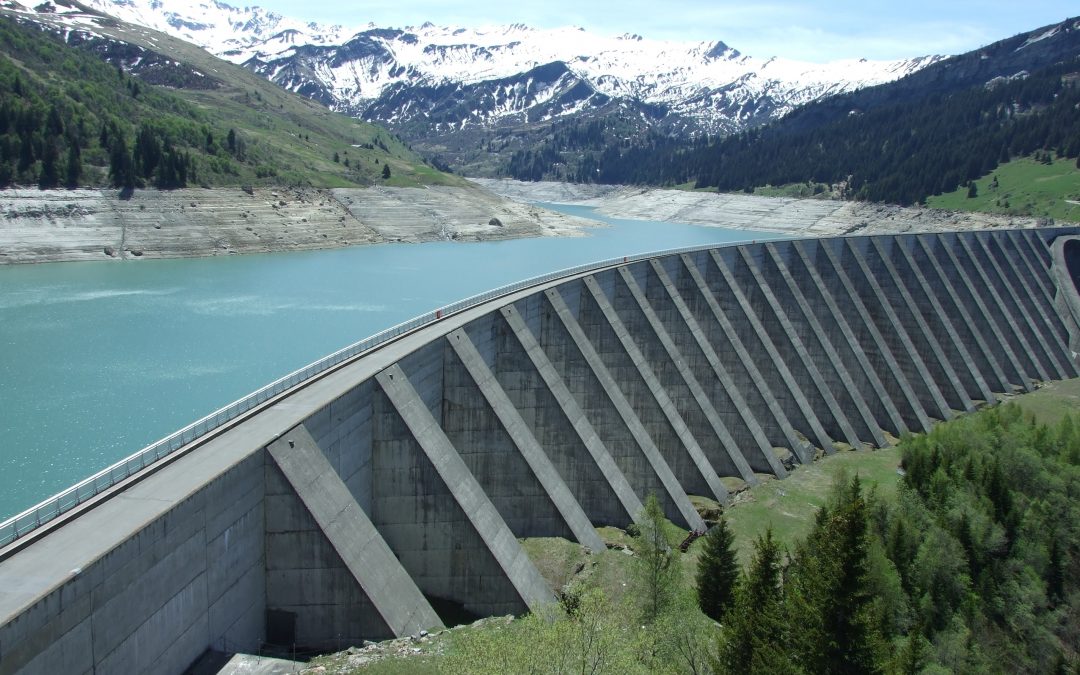Photo by ciboulette from Pexels
Infrastructure: it is one of the incremental keys to economic development and growth. At its most basic, infrastructure means connectivity – roads, rail, ports, and telecommunications open doors to commerce and ultimately allow businesses to thrive. Beyond its most basic, infrastructure also includes things like power, water, education, and health services: important factors in the quality of life and the backbone of any community.
To draw on a common idiom, infrastructure is a whole lot of steak with little sizzle. Sometimes, we are drawn more toward the sizzle – news of rapid developments in technology regarding transportation and personal mobility. Take, for instance, Smart Cities or the exponential growth in the electric vehicles market, both of which are also themes in our investments. But these advances would not be possible (or at least they would not be very useful) without solid infrastructure to underpin them. What good is an electric autonomous vehicle if there are no roads for it to travel on?
In the United States, infrastructure is deteriorating. The American Society of Civil Engineers (“ASCE”) grades our infrastructure systems at a D+; not surprising given that in the third quarter of 2017 public construction spending equaled 1.4% of economic output – the lowest level on record. This level of spending is not conducive to closing the $2.0 trillion funding gap in order for the nation’s infrastructure needs to be met between 2016 and 2025. On a global scale, the G20-backed Global Infrastructure Hub organization forecasts that global infrastructure investments needs will reach $94 trillion by 2040. When adding the UN Sustainable Development Goals (“SDGs”), that number swells to $97 trillion, creating a gap of $18 trillion or 19% of the forecast needed.
Clearly there is a need, and yes, an opportunity, for private capital to fill these gaps – in particular through investors and the business community. Some may question, though: if gaps exist to meet traditional infrastructure needs, why add the obstacles of meeting the SDGs through sustainable projects?
Climate change is arguably the most pressing issue of our time – its impact is identified as among the five greatest risks to businesses according to the World Economic Forum. As long-term investors, it is our responsibility to identify investments that will alleviate, not perpetuate, global temperature rise and its supplemental effects. The combination of population growth and constraint of natural resources, water for instance, is yet another scenario to consider.
Given these current and ongoing issues, we believe it is imperative that we seek to ensure transportation networks, energy networks, waste and water systems, and other infrastructure projects are climate resilient, help to reduce emissions, and conserve natural resources.
Additionally, municipalities, governments, and major businesses have pledged to advance the SDGs and goals set forth in the Paris Agreement. In other words, the majority of new infrastructure projects will inherently be designated as sustainable. As with any investment, there are risks that come with financing sustainable infrastructure projects. And given the relative “newness” of green technologies and sustainable projects, a lack of broader investor familiarity calls for the exploration of alternative financing models.
Given our history and track record we are confident in our ability to evaluate opportunities from an environmental, social, and economic perspective to uncover value within sustainable infrastructure – for our investors and the broader communities and regions that infrastructure projects serve.
DISCLOSURE: The opinions expressed are those of Reynders, McVeigh Capital Management, LLC as of the date referenced (August 2018) and are subject to change at any time based on market or other conditions. The statements herein should not be construed as personalized investment advice. It should not be assumed that the future results of any specific investment or investment strategy will be profitable. Certain statements may be deemed forward-looking, but any such statements are not guarantees of any future results and actual results or developments may differ materially from those discussed. Past performance is not indicative of future results.

